Negi nuta, pronounced “neh-gee noo-tah,” is a simple yet flavorful Japanese side dish that brings together the crispness of green onions with a tangy and savory dressing. It’s a comforting example of traditional Japanese home cooking, often enjoyed as part of a larger meal or for special gatherings. This article explores what Negi nuta is, its main ingredients, how they made it, and its place in Japanese cuisine.
What is Negi Nuta?
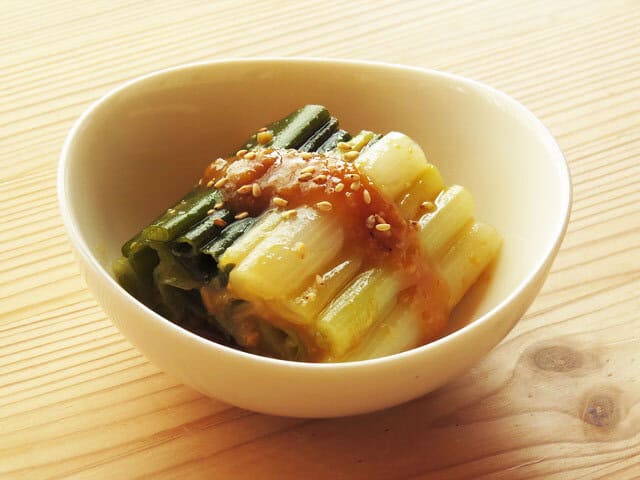
At its heart, Negi nuta is a dish made from blanched green onions, also known as scallions. They dress it with a special sauce called “nuta.” The word “negi” refers to these green onions, which are a popular vegetable in Japan. “Nuta” is a type of dressing typically made with miso paste and vinegar. This gives it a unique sweet, sour, and savory taste. This dish is particularly popular in regions like Gunma and Saitama prefectures. They grow green onions in abundance there and are known for their sweetness.
Farmers cultivate these onions with meticulous care, repeatedly mounding soil around them to enhance their desirable white portion. This careful method produces remarkable sweetness, with a sugar content of 10–15%. The natural sweetness is so pronounce that cooks can sometimes use Fukaya green onions in dishes like sukiyaki without adding extra sugar. This focus on high-quality, regionally specific produce reflects a culinary philosophy that celebrates the inherent excellence of local ingredients.
Negi Nuta’s key ingredients
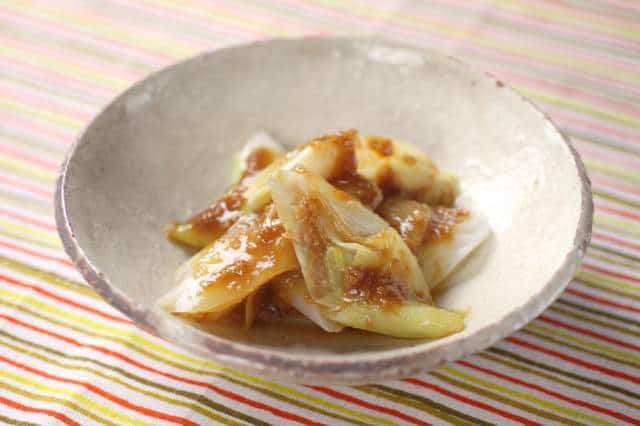
The star of Negi nuta is, of course, the green onion. Japanese green onions, especially varieties like Shimonita negi from Gunma or Fukaya green onions from Saitama, are often thicker and sweeter than what you might find elsewhere. When blanched, they become tender while still holding a slight bite.
The nuta dressing is what truly defines the dish. While recipes can vary slightly by region or household, the basic components are usually miso paste, vinegar, and sugar. Some versions might also include ground sesame seeds for nuttiness, or a touch of Japanese mustard for a subtle kick. The combination of these ingredients creates a balanced dressing that is both refreshing and full of umami.
How locals enjoy Negi Nuta?

Negi nuta offers a delightful mix of flavors. You’ll taste the natural sweetness of the green onions, the tangy kick from the vinegar, and the rich, savory depth of the miso. The texture is usually tender with a pleasant crunch. Locals typically served this as a refreshing side dish (known as “kobachi”) that can cleanse the palate and complement heavier main courses. In some regions, they considered this a special dish for celebrations or ceremonial occasions, highlighting the bounty of local produce.
Summary
Negi nuta’s easy preparation and balanced flavors make it a wonderful example of how humble vegetables can be transformed into a memorable culinary experience. If you enjoy the flavors of Negi nuta, you might also like to explore other “nuta” style dishes, such as those made with squid or tuna, or other vegetable-based side dishes dressed with a vinegared miso sauce.
FAQ
- What is Negi Nuta?
Negi Nuta is a traditional Saitama side dish that cooks make with blanched green onions mixed with miso-vinegar dressing, often combining it with seafood like octopus or shellfish.
- What is “nutta”?
“Nutta” refers to a general term for Japanese dressed dishes where chefs mix vegetables, seafood, and other ingredients with vinegared miso or spicy mustard vinegared miso. “Negi nuta” specifically refers to long green onions that cooks dress with vinegared miso.
- What is the origin of Saitama Prefecture’s negi nuta?
Saitama Prefecture is a production area for high-quality long green onions including the famous Fukaya negi. It became established as a local cuisine indispensable for winter weddings and ceremonial occasions. The sweet white parts of Fukaya negi, grown using the suriyose cultivation method to enhance sweetness, play the leading role.
- What does it taste like?
It has a refreshing balance of sweet miso, tangy vinegar, and the mild sharpness of green onions.
- When is it usually eaten?
It’s especially popular in winter, when local green onions are in season and at their sweetest.
- Is it healthy?
Yes—negi (green onion) is rich in vitamins and minerals, and the miso adds probiotics, making it a light and nutritious dish.
- Where can I try it?
You can find Negi Nuta at izakaya (Japanese pubs), local restaurants, and in traditional meals across Saitama Prefecture.
- Can vegetarians eat it?
Yes, if prepared only with vegetables and miso sauce. But some versions include seafood, so it’s best to check before ordering.


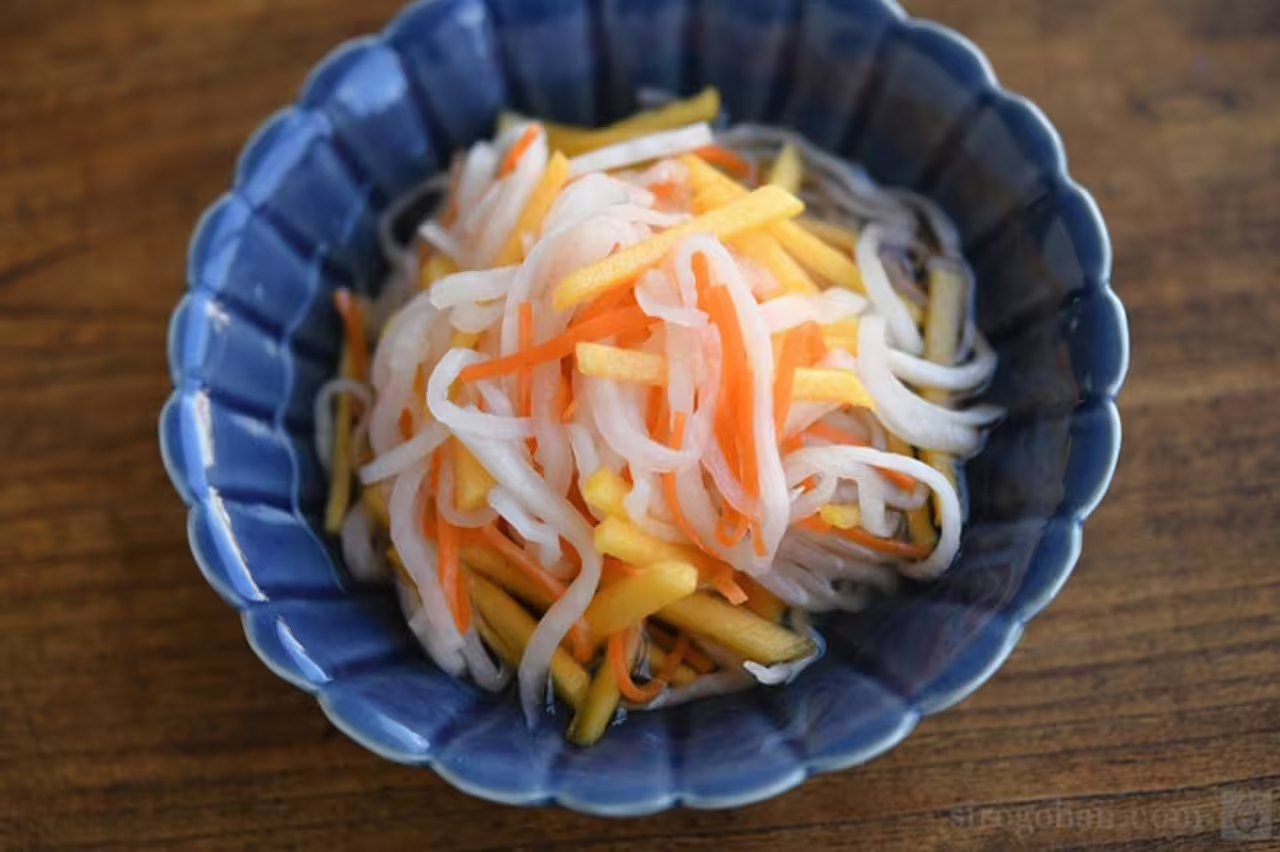



 牧野悦子-1-1256x832-1.jpg)
 牧野悦子-1-1256x832-1-300x199.jpg)
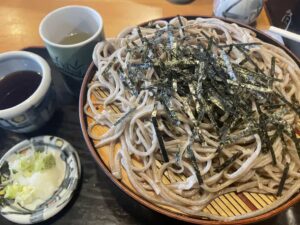
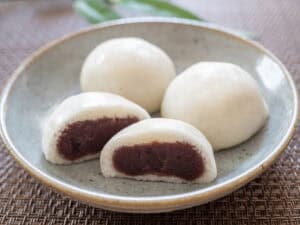





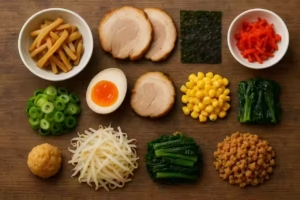
Comments